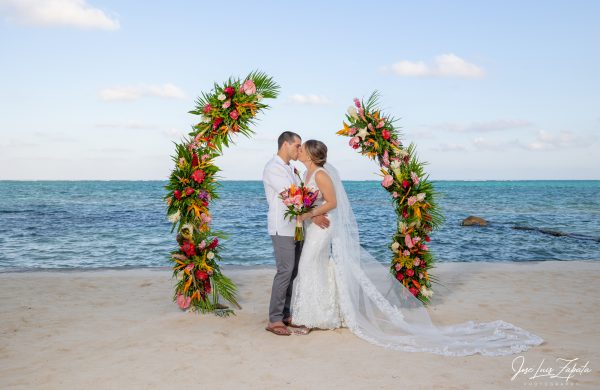Planning a wedding is no small feat. One of the key considerations is whether to implement assigned seating for your guests. Assigned seating can offer structure and comfort, but in some cases, it might not be necessary. So, when should you opt for it, and when can you pass? Let’s break down the benefits and the scenarios for each approach.
- Large Guest List: If your wedding includes over 75 guests, assigned seating helps streamline the logistics of mealtime and ensures that everyone has a designated place, reducing confusion and awkward searching.
- Cultural or Formal Traditions: For weddings steeped in cultural customs or with a formal vibe, assigned seating creates an atmosphere that aligns with the tone. Guests will feel guided and secure knowing exactly where to go.
- Special Needs and Family Dynamics: Some guests may require special accommodations due to mobility issues or dietary restrictions. Assigning seats allows you to place them in the most convenient or appropriate spots. Additionally, if there are known family tensions, assigned seating helps prevent uncomfortable encounters.
- Kids and Babies: Children and infants must be included in the seating arrangements to prevent mothers or fathers from having to make room at their tables for toddlers or babies in high chairs. Don’t assume that kids don’t need chairs; in our experience, they always do. Assigning seats specifically for them ensures that families feel welcome and comfortable.
- Group Coordination: If certain groups of people don’t know each other well or you want to encourage mingling among friends and family, seating assignments can help. Strategically mixing up groups fosters connections, easing the social dynamics.
- Maximizing Space: With a carefully arranged seating chart, you can ensure that tables are filled efficiently and the layout works smoothly. This can be especially important for venues with strict capacity limits or unconventional layouts.
- Inclusivity and Comfort: Assigned seating isn’t about making guests feel less important if they’re at Table 10; it’s about ensuring they feel included and welcomed. Everyone has a specific spot, so no one feels awkward trying to find a table where they’re comfortable. There’s always the opportunity to mingle later!
When to Skip Assigned Seating
- Small Guest List: For weddings with fewer than 40 guests, allowing everyone to choose their own seats can create a relaxed, intimate atmosphere where guests feel like one big family. The casual vibe encourages mingling without making anyone feel too restricted.
- Close-Knit Small Crowd: If most of your guests already know each other well or are comfortable together (e.g., a tight-knit family or close friend group), letting them choose their own seats can enhance the friendly atmosphere.
- Outdoor or Informal Venues: For casual, outdoor weddings like garden parties or beach ceremonies, open seating blends naturally with the laid-back environment. This setup invites guests to roam, relax, and chat as they please.
Suggestions for a Smooth Seating Plan
- Combination Approach: Consider a combination approach where the head table or immediate family tables are assigned, and other tables are left for open seating.
- Clear Communication: Whether using assigned seating or not, clear communication through signage or an announcement helps guests navigate the arrangement comfortably.
- Escort Cards and Maps: If you opt for assigned seating, escort cards or a seating map at the entrance can guide guests smoothly to their designated tables.
- Reserved Tables: Keep a few tables reserved for immediate family members or VIPs, even in open seating arrangements, to ensure they’re close to the main action.
By weighing the needs of your guests, the size of the gathering, and the vibe you’re aiming for, you can determine whether assigned seating is right for your wedding. Whatever you choose, the key is to keep guests feeling welcomed, comfortable, and able to fully enjoy your special day!


